Current Projects
A unique insight into diabetes
From 1986 to the present day, Cardiac Vagal Tone has been used to measure the effects of diabetes on the nervous system.
Cardiac Vagal Tone (CVT) is a measure of the autonomic nervous system. Its inventor, Dr Peter Julu, has been investigating diabetes and its effects on the nervous system since 1986 . In 1993 he published findings (recognised by International Diabetes Federation) highlighting that diabetes reduced vagal tone by 40%, thereby proving it to be a sensitive marker for dysautonomic conditions including diabetes.
In 2017 and 2020 Prof. C Brock at the Aalborg University identified CVT as a novel screening tool for Cardiac Autonomic Neuropathy in type 1 diabetic patients. You can see the paper here. Prof C Brock, William Harvey Heart Centre and Queen Mary’s London now leading multi-centre study using our technology (including prototype sensor-sheets) monitoring effect of next generation diabetes medication, to enable bespoke prescriptions (titration).
A breakthrough in sleep analysis
Clinical level sleep disorder analysis can be tricky. For starters the subject needs to be able to get to sleep, a process not especially helped along by the abundance of machines, wires and sticky patches involved. Nor by the fact that you will almost certainly be in a strange bed in unfamiliar surroundings. Our latest research using ProCVT means all of that is about to get a lot easier.
Clinical level sleep disorder analysis can be tricky. For starters the subject needs to be able to get to sleep, a process not especially helped along by the abundance of machines, wires and sticky patches involved. Nor by the fact that you will almost certainly be in a strange bed in unfamiliar surroundings.
Our latest research using ProCVT means all of that is about to get a lot easier.
Polysomnography - the current gold standard on measurement - records your brain waves, the oxygen level in your blood, heart rate and breathing, as well as eye and leg movements during the study. The key part of that is the hypnogram, which is a graph that represents the stages of sleep as a function of time, derived from an EEG. We’ve all seen the skull-cap and wire array needed for an EEG, and it’s difficult to imagine that being particularly helpful when trying to drop off to sleep. So how can ProCVT help?
An initial study by Dr Peter Julu (Consultant Autonomic Neurophysiologist - Queen Mary’s Hospital) and Dr Shane Delamont (Consultant Neurologist and Honorary Lecturer at King’s College) has recently proved ProCVT’s ability to measure arousal suppression during sleep. This research has demonstrated CVT’s unique capability to objectively measure brainstem activity, opening up the potential to make clinical level measurements of a person’s sleep effortlessly and over time. The accuracy of ProCVT significantly exceeds that of existing wrist based wearables, showing a 98% correlation with slow wave sleep patterns captured from a brain wave monitor (EEG). For the first time there will be a high correlation between a sleep tracker user's sleep experience and the actual output of the tracker.
We expect a white paper on this study to be published in the near future - updates will be posted here.
Parasympathetic. Hard to say, easy to measure.
As this brief interview with Financial Freedom Today at the Future Innovation Summit in Dubai clearly shows, “parasympathetic” can be a bit of a mouthful when you’re thrust in front of a camera. So why even mention it? Is it something we need to measure at all? And what tortuous process would you have to go through to gather the data?
As this brief interview with Financial Freedom Today at the Future Innovation Summit in Dubai clearly shows, “parasympathetic” can be a bit of a mouthful when you’re thrust in front of a camera. So why even mention it? Is it something we need to measure at all? And what tortuous process would you have to go through to gather the data?
Parasympathetic and sympathetic activity together make up the autonomic nervous system, which is essentially a measure of your human operating system. After every breath, body movement and heartbeat your brain scans the internal and external environment and predicts the changes in the energy you need. Your brain then sends a signal, via the vagus nerve, that slows or speeds up your heart rate and other body functions to meet any physical needs. In other words, you are constantly and subconsciously adapting to the immediate demands around you, heartbeat by heartbeat.
By measuring this subconscious activity we gain an immediate, real-time and objective measure of health and wellbeing, stress and recovery. Over time, and with the application of AI, we will be able to step-change our ability to identify and monitor chronic health conditions such as cardiovascular disease and diabetes. And, with the ability to accurately identify sleep stages including deep sleep, we can help delay the onset of diseases such as Alzheimers. ProBiometrics is already conducting research in all these areas.
So how difficult is it to obtain this valuable data? As it happens, it’s easier than any of the health monitoring devices and wearables you may already be using. ProBiometrics has the ability and global rights to calculate a clinically validated measure of parasympathetic nervous system activity known as Cardiac Vagal Tone (CVT), derived from a high resolution ECG, in both commercial and clinical environments. And our contactless ECG capture device is a small piece of material that sits on your mattress and under the bedsheet, which gathers the data even through your bedclothes. It then automatically uploads the data to our cloud based servers. Fit it, forget it, and have both a real-time and an historical record of your health and wellbeing - for you or for you health professional.
Simple.






